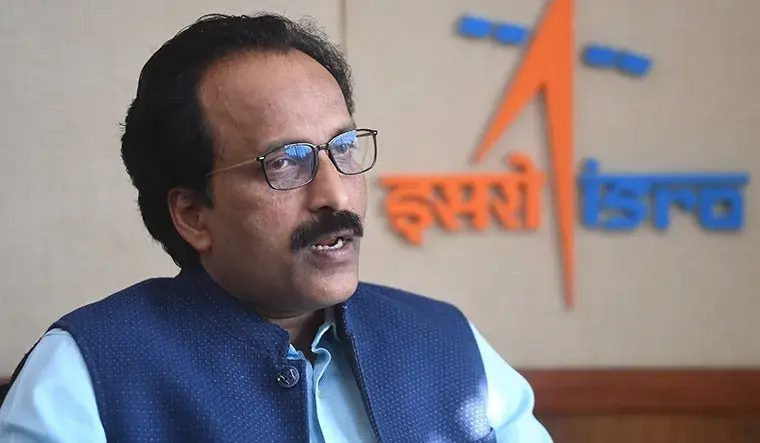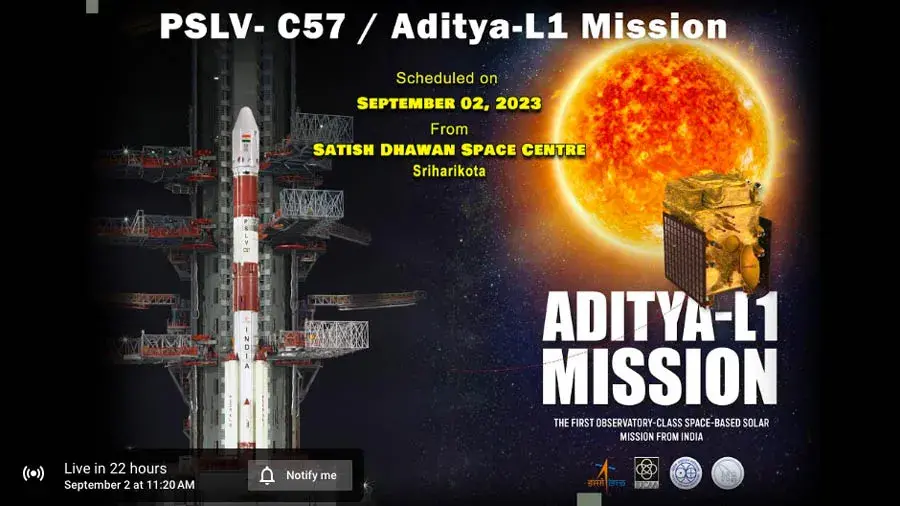Didn’t have the Courage to Sit for IIT Entrance’: ISRO Chief S Somanath Earns PhD from IIT-Madras
S Somanath, the 60-year-old chairman of the Indian Space Research Organisation (ISRO), received his PhD from IIT-Madras on Friday. Despite being the topper in the state for science, Somanath revealed, “I did not have the courage to write an entrance for IIT.” Speaking at the 61st convocation ceremony of IIT-Madras, Somanath, who was born in a village in Kerala, received his PhD degree for a thesis titled “Vibration Response Studies on Modified Hyper Elastic Material Models for Application in Aerospace Systems.” He expressed his deep connection to the topic, stating, “It is related to vibration isolators, which I started as an engineer in ISRO years ago. But this remained with me.” Somanath began his doctoral studies while working on the Geosynchronous Satellite Launch Vehicle Mark III (GSLV Mk III) project. However, the demands of his work at ISRO forced him to put his studies on hold. He shared, “Since I was immersed in that work then, I couldn’t take forward my PhD. It is a real good fortune that I could complete it after having assumed the office of chairman of ISRO. It is really a great honour.” Under Somanath’s leadership, ISRO achieved significant milestones, including the Chandrayaan-3 mission, which made India the first country to land near the south pole of the Moon, and the launch of India’s first solar observatory, Aditya-L1. The degree was awarded to him by IIT-M Director Prof V Kamakoti and Dr Pawan Goenka, Chairman of the Board of Governors, IIT-M. The convocation ceremony at IIT-Madras was attended by 2,636 graduates, their families, and guests. Among the graduates were 764 B.Tech students, 277 Dual Degree B.Tech and M.Tech students, and 481 M.Tech students. The event also featured a speech by Mechanical Engineering student Dhananjay Balakrishnan, who highlighted the ethical responsibilities of engineers in the context of global conflicts. “There is a mass genocide going on in Palestine. People are dying in large numbers and there is no end in sight. Why should we bother by this, you may ask? Because STEM as a field in itself has historically been used to advance the ulterior motives of the imperial powers such as Israel,” he said.


